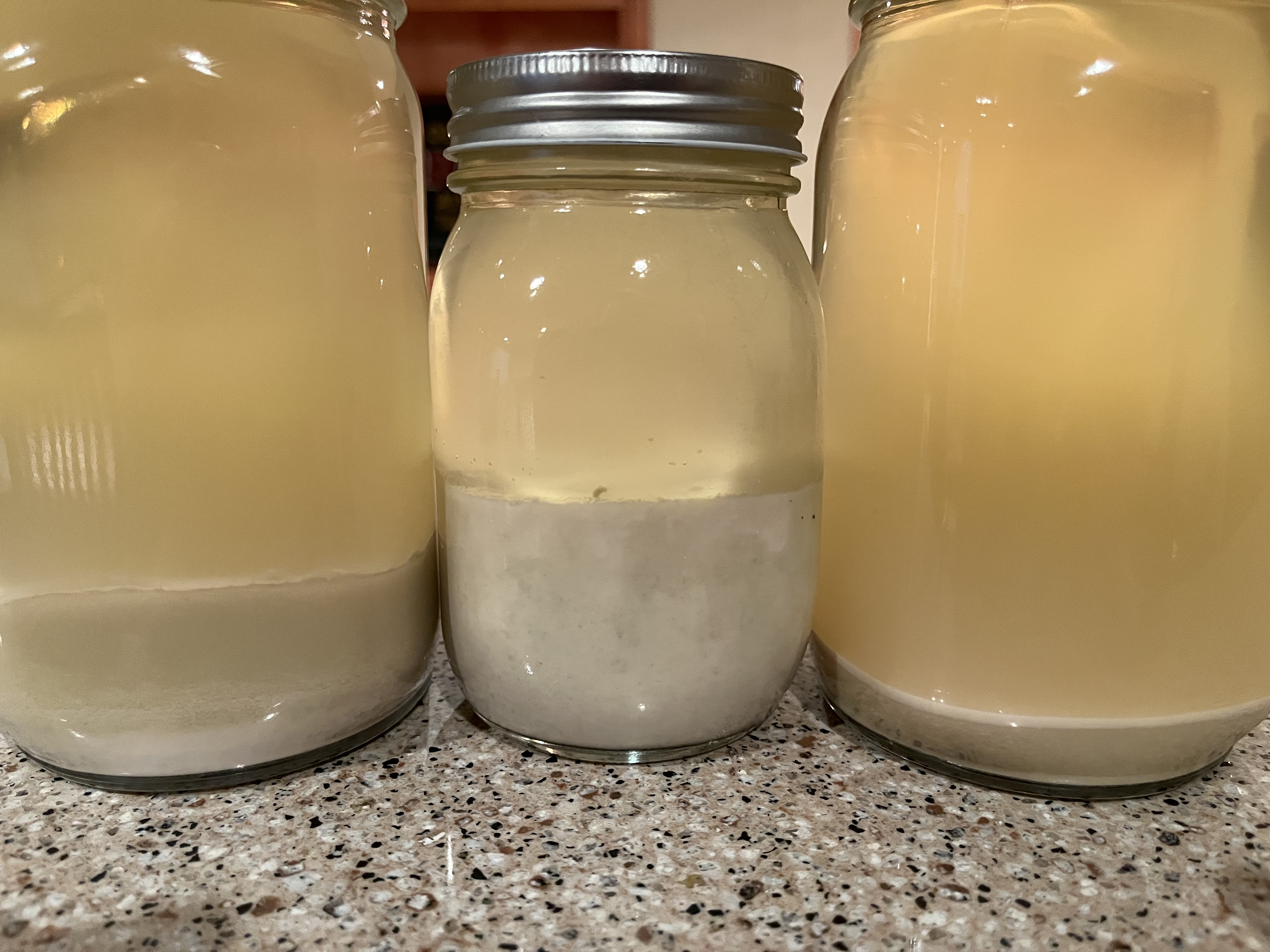rmr9
Well-Known Member
I harvested yeast from the cake of my Munich helles yesterday - first time harvesting from a cake. I’ve harvested from overbuilt starters in the past but never the actual yeast cake. So…in the picture is any of this yeast? Just that thin white strip in the far right? The whole thing in all of them? Any thoughts are appreciated!




